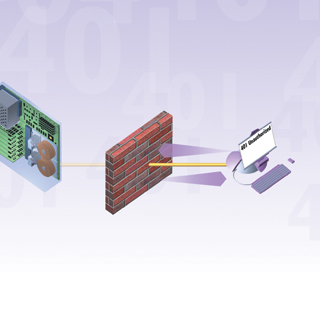Chapter 18. How Web Browsers Work

Like much of the Internet, the World Wide Web operates on a client/server model. You run a web client on your computer—called a web browser—such as Microsoft’s Internet Explorer or Firefox. That client contacts a web server and requests information or resources. The web server locates and then sends the information to the web browser, which displays the results.
When web browsers contact servers, they’re asking to be sent pages built with Hypertext Markup Language (HTML). Browsers interpret those pages and display them on your computer. They also can display applications, programs, animations, and similar ...
Get How the Internet Works, Eighth Edition now with the O’Reilly learning platform.
O’Reilly members experience books, live events, courses curated by job role, and more from O’Reilly and nearly 200 top publishers.

